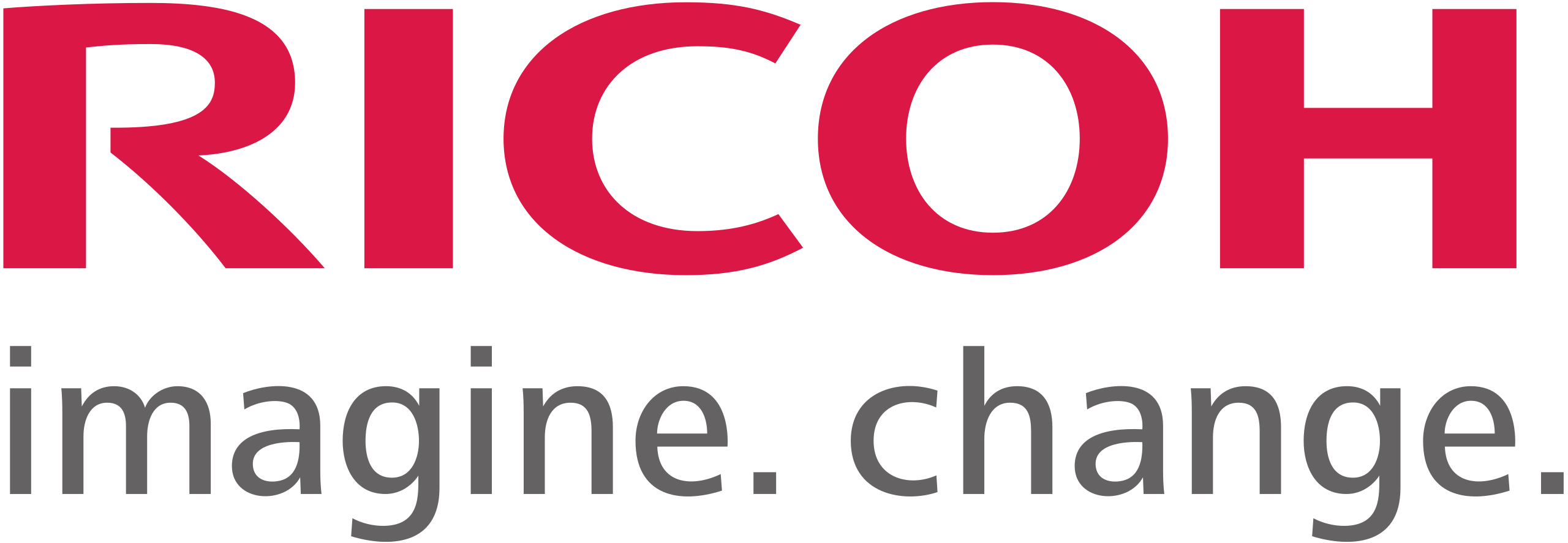4 min read
5 Document Security Practices For Better Data Security
By:
Kali Mogg
on
March 6, 2018
Updated: December 10, 2021

Effective document security practices are growing in importance as more businesses come online. The benefits of using Software as a Service (Saas) and cloud storage are too numerous to go back.
As a result, security is becoming an increasing concern - especially among organizations that deal with confidential data. Hackers are always on the lookout for vulnerable networks, and as the black market for data grows, so do the number of potential threats.
“There are two types of companies: those who have been hacked, and those who don’t yet know they have been hacked.”
John Chambers
Executive Chairman, Cisco Systems
Data breaches can have disastrous consequences for businesses. Along with high remediation costs, lost clients and potential lawsuits comes brand damage that is difficult to reverse. That’s why the best remedy for a security breach is to prevent it from happening in the first place. These five data protection practices are an excellent starting point:
1. Improve Network Security
The first step to improving document safety is to enhance network security so all data is transmitted safely through your business.
Hackers need a single vulnerability to access your network and all the data it contains. That’s why a robust cybersecurity plan requires the identification of any potential threats that include data transmission through WiFi, equipment like laser printers and scanners, mobile devices and cloud services.
Some cybersecurity threats involve hackers infiltrating a system or network by finding ways to discreetly break through cyber-defenses or to sneak in through unprotected openings. Other threats, like phishing scams, trick people into clicking links or entering sensitive information after following seemingly legitimate prompts.
Some of the measures that can be taken to secure networks and protect sensitive documents include data encryption, antivirus software, malware protection, control access, and asset tracking.
2. Digitize your files and restrict access
Paper files can be easily misplaced, forgotten or stolen. In contrast, digital files can be password protected and given access control. That means only credentialed employees will be able to view, share and edit confidential documents.
Digital rights management technology offers additional security features that can protect your documents. These include putting limits on how many times a file can be shared, opened, or printed. Along with having precise control over document viewing, digital management also gives administrators the ability to view who accessed the document including the device used and time it was accessed.
.png?width=650&name=Copy%20of%20Quote%20Graphics%20(32).png)
3. Monitor your document lifecycles
Some businesses in the legal and finance spaces have specialized document security requirements for storage and disposal. That’s why a comprehensive document management solution should also allow administrators to specify lifecycles for specific documents that can automatically store, archive and dispose of them at specific times.
Besides enhanced security, document management software also lets companies improve document organization and maintain regulatory compliance with organizations that can include:
-
Internal Revenue Service (IRS)
-
Health Insurance Portability and Accountability Act (HIPAA
-
Fair Labor Standards Act (FLSA)
-
Employee Retirement and Income Security Act (ERISA)
-
Occupational Safety and Health Administration (OSHA)
Along with federal organizations, there may be document retention rules imposed by your state or trade organization that are specific to your industry. Besides saving your business time and administration costs, document storage solutions can also create a comprehensive audit trail.
4. Move data and software access to the cloud
It might be hard to believe, but documents can be more secure on the cloud when compared to paper files at the office. Physical records can be easy to find and remove from an office while documents stored on the cloud have layers of protection that can be applied to them.
Cloud service providers can provide you with top-level security infrastructure, saving you money from investing in the hardware yourself. A reputable cloud provider also provides you with access to enterprise-grade data centers, guaranteed uptime, first-in-class service equipment, and the latest backup and recovery plans. Since security is baked into their business model, third-party cloud providers prioritize security in multiple ways that go above and beyond a regular business’s security measures.
Cloud-based software and content management is also convenient for organizing company workflows. Along with protecting sensitive information, a cloud-based document management system allows authorized users to access files, share documents, and collaborate on projects at any time, anywhere there’s an internet connection.
5. Remote Monitoring
Hackers work around the clock, often in the late hours of the night when your business is closed. Remote monitoring ensures that your network is protected at all hours of the day, seven days a week.
When caught early, cyber threats can be quickly neutralized. Having a cybersecurity professional on-call ensures that someone is always on alert for security and can immediately resolve issues before they turn into major problems.
Quick tips to keep documents safe
Employee participation is a big part of your cybersecurity strategy. The following tips can help prevent cybercriminals from attacking your network, keep documents secure and sensitive data safe:
- Lock devices when not in use and secure them with a password
- Encrypt all network data, including all devices and databases
- Make frequent backups to preserve information in case there is an emergency
- Use scanning software that automatically performs scans when external devices are connected to company computers
- Use password management software to generate and store complex passwords
- Use multi-factor authentication when accessing applications from mobile devices
Wrapping Up
Document security management is increasingly becoming a priority as businesses go digital. As the value of data continues to increase, cybercriminals are financially motivated to target networks and identify security vulnerabilities.
Document management practices, improved network security, cloud-based storage and remote monitoring are part of a security solution that secures your documents and keeps your data - and company reputation - safe.
Cybersecurity Protection Tailored to You
Standley is dedicated to finding solutions for all of your office and information technology needs. We’ve helped Oklahoma businesses protect their IT systems from cybersecurity threats using a comprehensive approach to secure businesses’ sensitive information.
Even mid-size companies and small businesses are targets for cyberattacks ranging from data breaches, malware, ransomware attacks and other threats. These threats are formidable, potentially causing the loss or compromise of important and sensitive information and causing significant financial loss and setbacks.
So, find out more about how Standley can help protect your business with tailored security, disaster recovery and remote monitoring services.













